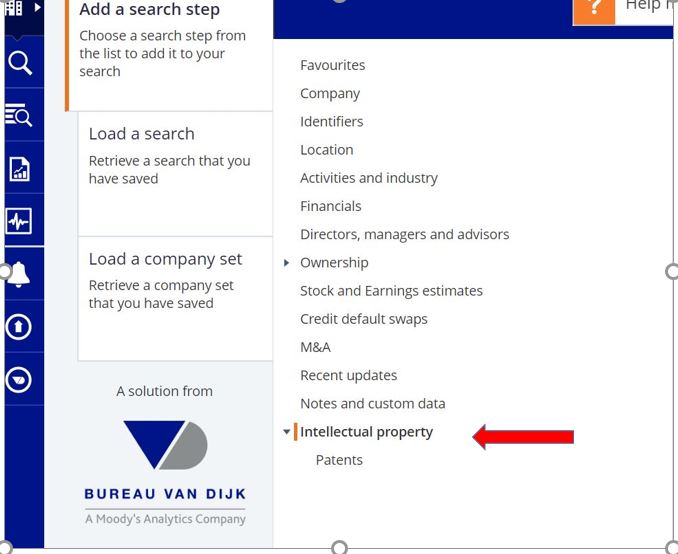
Orbis IP is used for combining company information with (global) patent data, such as publication information, ownership, industry and patent classifications, oppositions, and patent value. Data on M&A deals (more in Orbis M&A) and corporate structures is included in Orbis IP as well.
Orbis IP currently tracks more than 110 million patents and covers countries from across the globe.
The global patent data are linked to companies and corporate groups, which means you can combine company information with global patent data, such as publication information, ownership, industry and patent classification, and patent value. You can also find data on M&A deals and corporate structures - all related to patents.
Scope your query in the search field to zoom in on:
Orbis IP provides information on the following topics:
Access to more than 110 million patent documents that typically range in size between 16 and 3.000 pages of text as well as up-to-date details for approximately 300.000 SEPs (Standard Essential Documents). Patents from 1782 - present.
In the version that CBS Library has access to, you only have access to a limited part of the patent data.
You can find the "Patents" tab in the section Intellectual Property.
Among the search criteria are Number of patents and Patent Details (Date, International patent classification (IPC), and more).
Text search into the patents is also an option.
You can find and export data on
Choose the Data Variables you want to export by clicking "Add/remove columns"

ORBIS also provides access to historical financial data from 2000 onwards. Historical financial data on European companies from 1995 is available in AMADEUS.
The historical financial data is only available on a single PC, and access requires an appointment. Please contact Lars Nondal, ln.lib@cbs.dk.
In Historical Orbis you have access to patent data on the company level:
Onscope is a tech company in the field of intellectual property (IP), specialising in patents and especially trademarks.
Search hint: Type the name of the owner into the search bar at the top of the screen. The results list the corresponding owners. You can view the profile of a listed owner by clicking on its name:
Start typing the name of the company (assignee). If Google recognizes it as a company, it will automatically add the +assignee to search the assignee field (Assignee: Carlsberg). If not, just add it to your search.
Searh hint: enter the company's name and change the field code to Assignee Name

Assignment Data:
Sometimes an invention gets assigned to a company (assignee) after the patent has been applied for, or even after it has issued. If so, the assignee will not appear on the face of the patent, nor will it be noted in the application and/or patent full-text database(s). The USPTO records this information (although it is not required), and assignee changes are available via the USPTO Patent Assignment Database.
USPTO Statistics by Organization:
Part B1 of this report lists organizations that had 40 or more patents issue that year
This report is arranged by state, and lists organizations who have had 5 or more patents issue during the year
The Lens, formerly called Patent Lens, is a free and open resource to find, analyze, and manage patent and scholarly literature data. It is provided by Cambia, an Australia-based non-profit organization.
Launched in 2000 as the Patent Lens, over the years, it added journal articles, conference papers, reports, books and other types of scholarly literature and evolved into a comprehensive database with over 225+ million scholarly works, 127+ million global patent records, and more than 370 million biological sequences, all with unprecedentedly rich metadata (including citations).
Lens is divided into several apps: